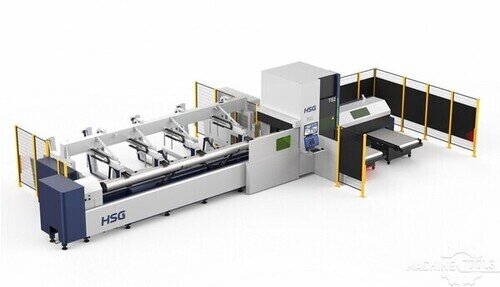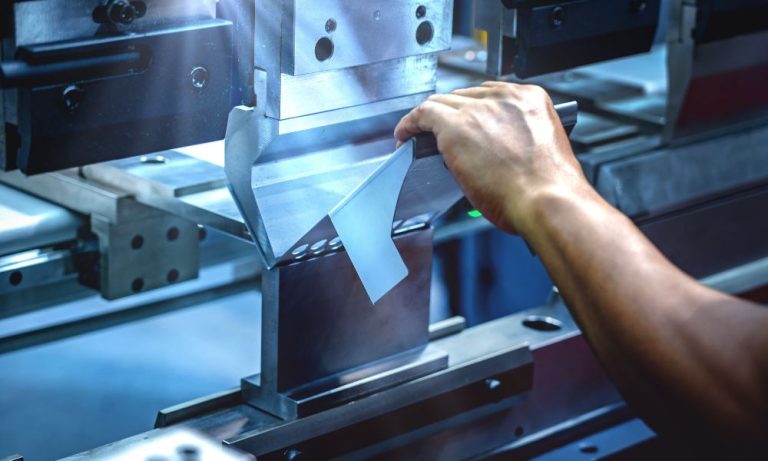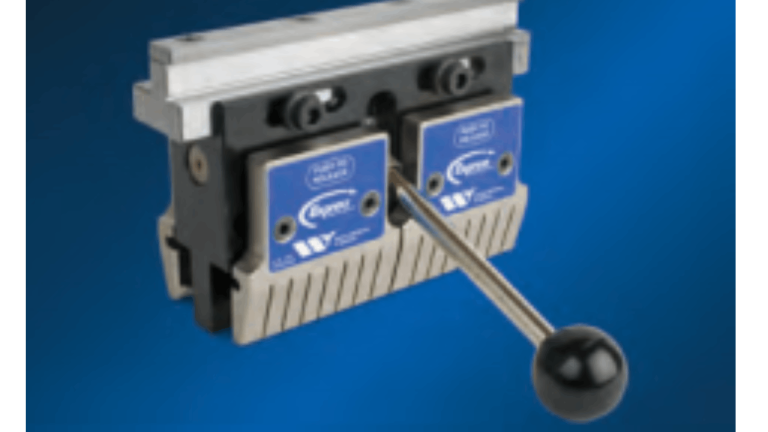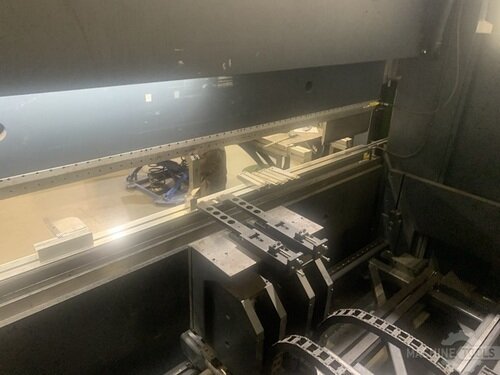As a Regional Sales Executive at Mac-Tech, I’ve spent years working closely with fabricators to optimize their operations and navigate equipment investments. My approach is rooted in understanding the unique production challenges each customer faces. Whether you’re upgrading from manual processes or looking to automate your tube cutting, I believe in guiding you through the options that deliver the highest value, precision, and long-term growth for your shop.
Understanding Entry-Level Tube Lasers: What Matters Most to Fabricators
When fabricators step into the world of automated tube cutting, the priorities are clear: accuracy, repeatability, ease of operation, and a justifiable return on investment. Entry-level tube lasers, typically in the 1500W to 3000W power range, open doors for small to midsize shops seeking to modernize without overextending their budget. The right machine can eliminate secondary operations, reduce manual rework, and ensure parts come off the laser ready for downstream processes.
At this stage, the choice between a 1500W and a 3000W system often comes down to the types of materials and thicknesses you plan to process, as well as your anticipated production volume. Most entry-level shops are cutting mild steel, stainless, or aluminum in gauges up to 1/4 inch. For these applications, both 1500W and 3000W machines can deliver excellent results, but their differences become more pronounced as you scale up material thickness or throughput requirements.
Comparing 1500W and 3000W Tube Lasers: Practical Differences on the Shop Floor
On the shop floor, the power rating of your tube laser directly impacts cutting speed, edge quality, and the range of materials you can process efficiently. A 1500W tube laser is a reliable workhorse for thinner materials and lower daily volumes. It offers precise cuts and a user-friendly interface, making it a natural fit for shops transitioning from manual saws or basic CNC systems.
The 3000W tube laser, on the other hand, significantly boosts throughput. It can handle thicker wall tubing and offers faster cutting speeds, especially noticeable in production runs or when cutting stainless and aluminum. This extra power translates to higher daily output and the flexibility to take on more complex jobs or heavier materials. However, it’s important to match this capability with your actual workload—overbuying power can tie up capital that might be better spent elsewhere in your operation.
Evaluating Precision and Throughput: Impact on Daily Operations and Workflow
Precision is a non-negotiable for most fabricators. Both 1500W and 3000W tube lasers deliver exceptional tolerances, often within a few thousandths of an inch, provided the machine is properly calibrated and maintained. For entry-level users, the difference in cut quality between these two power levels is minimal on thin to moderate materials. The real distinction comes in speed and the ability to maintain high precision at increased throughput.
A 3000W system will allow you to process more parts per shift, reducing bottlenecks and freeing up labor for other tasks. For shops with fluctuating demand or plans to grow, this can be a game-changer. However, if your production is steady and predictable, and your material mix doesn’t require higher wattage, the 1500W model may offer all the precision and efficiency you need without the added operational cost.
HSG TS2 HIGH SPEED TUBE FIBER LASER CUTTING MACHINE
R1 HIGH-SPEED TINY TUBE LASER CUTTING MACHINE
- Follow-up support for high precision
- Efficient multi-load loading
- Chuck jumping for short trailings
- Intelligent Bus operating System
Integrating Tube Lasers with Press Brakes and Tooling: Maximizing System Synergy
The true value of a tube laser investment is realized when it’s seamlessly integrated with downstream processes like press brakes and custom tooling. By producing burr-free, accurately cut tubes, both the 1500W and 3000W systems set the stage for faster, more precise bending and assembly. This integration reduces setup times, minimizes scrap, and ensures that parts fit together as intended.
At Mac-Tech, we often help customers pair their tube laser with a compatible press brake, ensuring that part files and machine controls communicate efficiently. This synergy streamlines workflow, improves part consistency, and accelerates project turnaround. Whether you choose a 1500W or 3000W tube laser, selecting tooling and automation solutions that complement your cutting capabilities is key to maximizing your overall productivity.
Calculating ROI: Real-World Cost Savings and Productivity Gains
Return on investment is always top-of-mind when evaluating new equipment. The 1500W tube laser typically comes with a lower upfront cost, reduced energy consumption, and simpler maintenance, making it attractive for shops with moderate throughput needs. Its ROI is often realized through labor savings, reduced material handling, and the elimination of time-consuming secondary operations.
The 3000W tube laser, while a larger investment, pays off quickly for shops with higher volume or diverse material requirements. Increased throughput, the ability to tackle more demanding jobs, and the option to expand your customer base all contribute to a faster payback period. In either case, the key is to match your machine selection with your business goals, production forecasts, and available support resources. Consulting with a knowledgeable partner can help you crunch the numbers and make a confident, data-driven decision.
Frequently Asked Questions
How do I know if 1500W is enough for my production needs?
If you mainly cut thin to moderate wall tubes and don’t anticipate high daily volumes, 1500W often meets entry-level requirements with excellent precision.
Will a 3000W laser increase my operating costs significantly?
While power consumption is higher, the increased output and job flexibility can offset these costs, especially in higher-volume environments.
Can I upgrade from 1500W to 3000W later?
Most tube lasers are not field-upgradable in wattage, so it’s important to assess your future needs before purchasing.
Does the higher wattage affect part quality?
Both 1500W and 3000W lasers produce high-quality cuts, but the 3000W excels with thicker materials and faster processing.
What support does Mac-Tech provide after installation?
We offer comprehensive training, maintenance plans, and ongoing technical support to ensure your success.
How do tube lasers integrate with other shop equipment?
Modern tube lasers can be networked with press brakes and automation systems for smooth data transfer and workflow.
Is financing available for tube laser purchases?
Yes, we can help you explore financing options to align with your cash flow and budget.
Get Weekly Mac-Tech News & Updates








